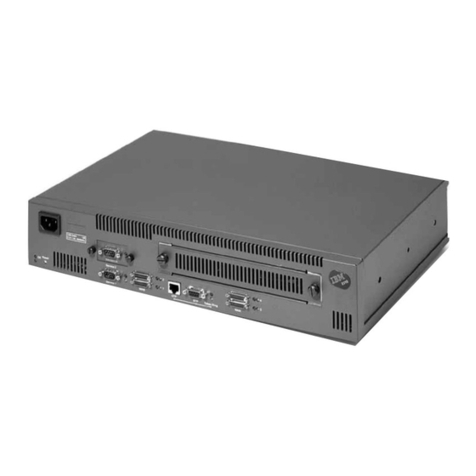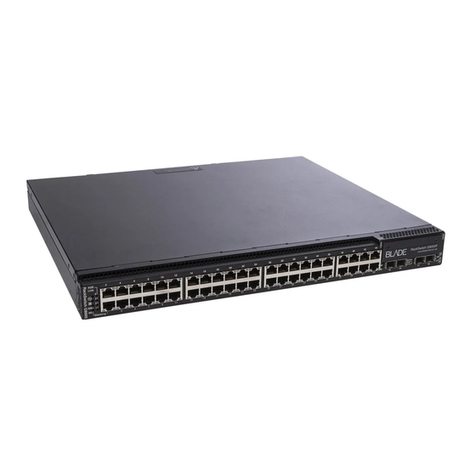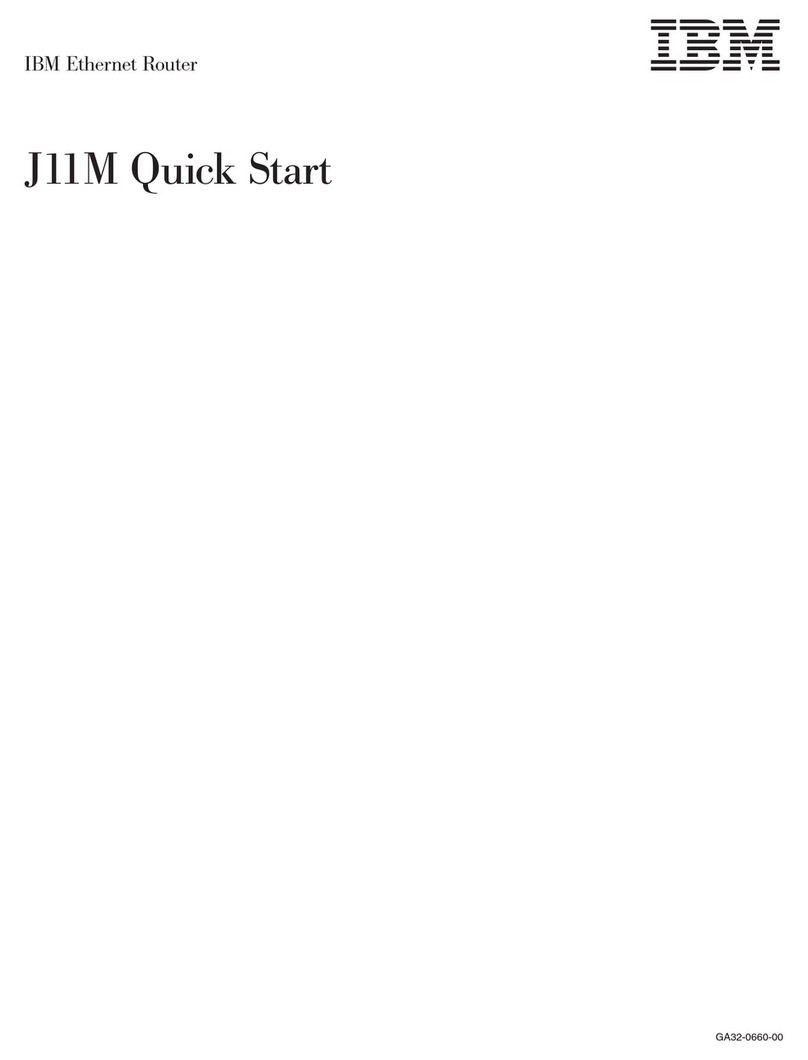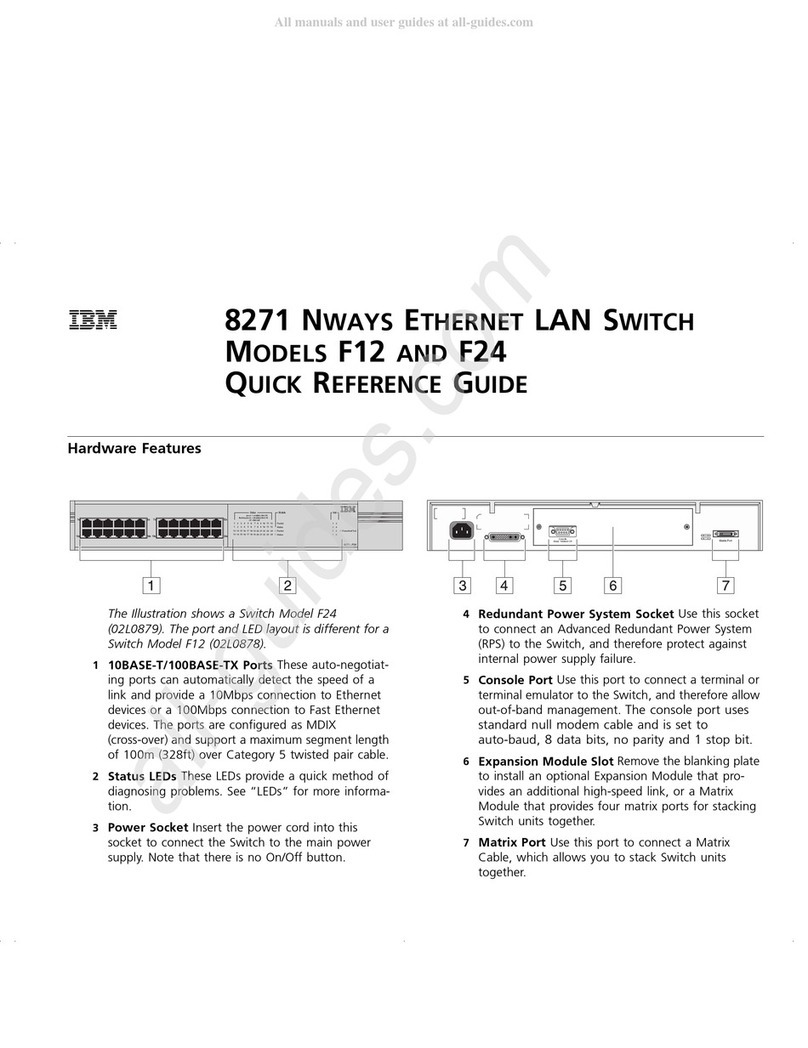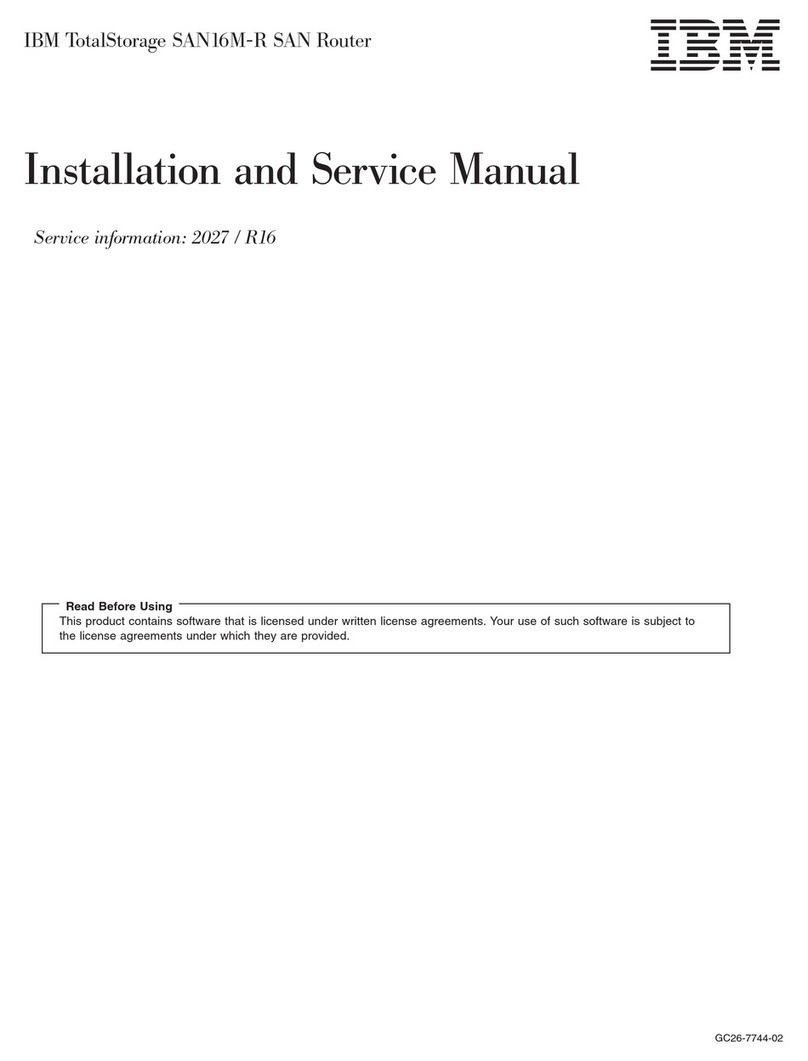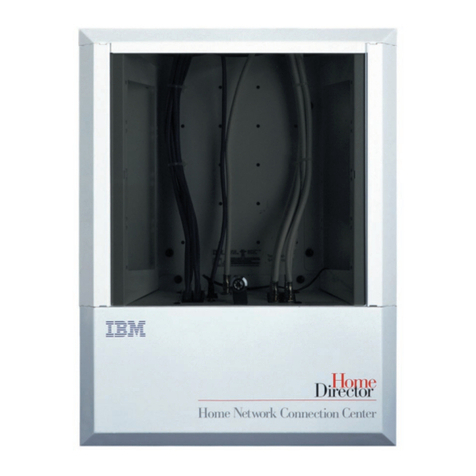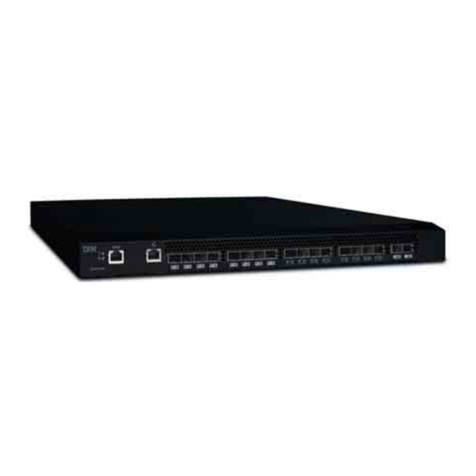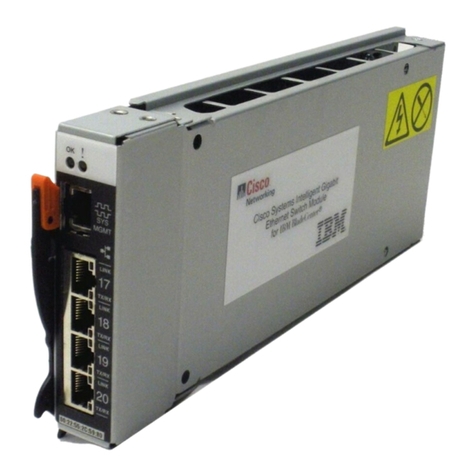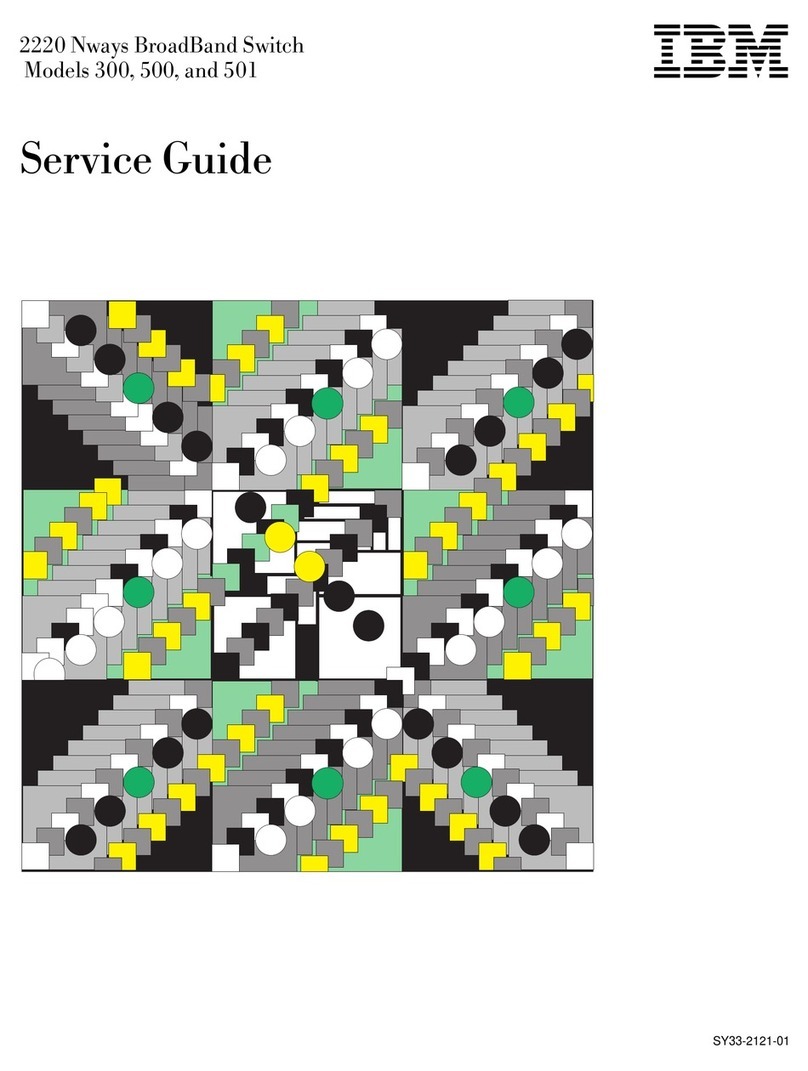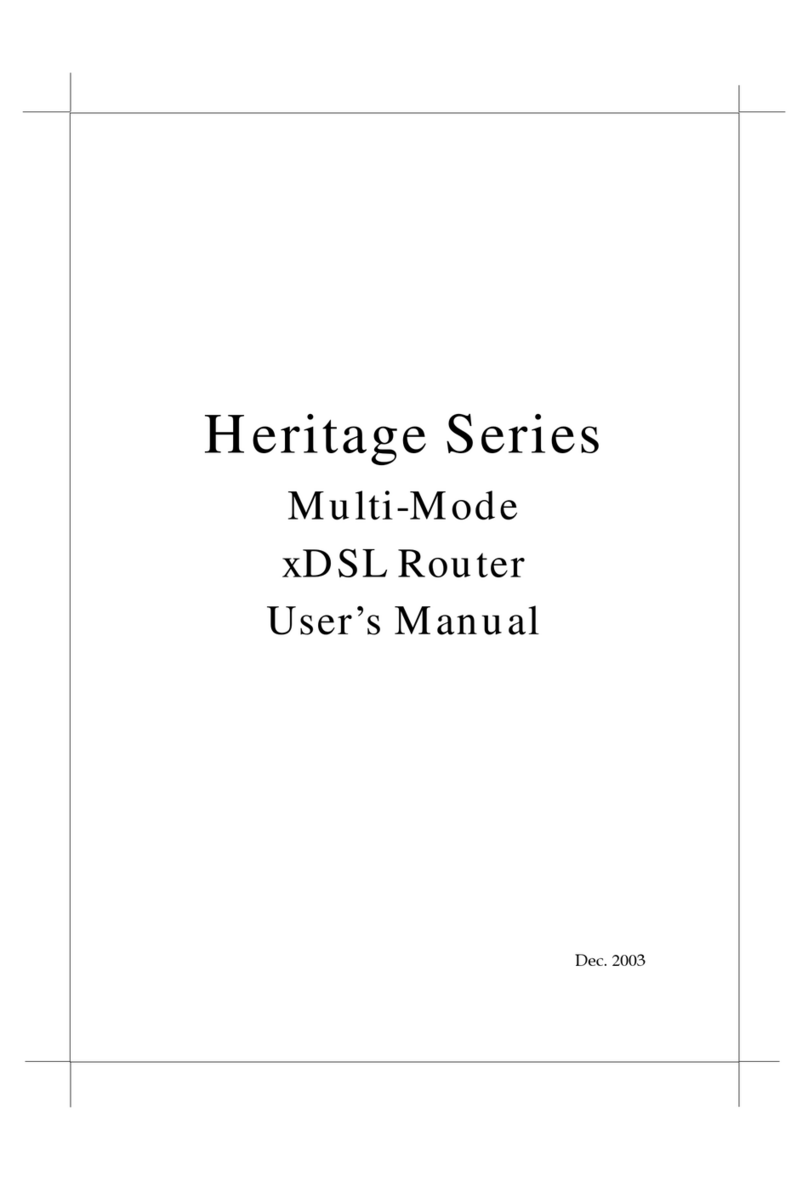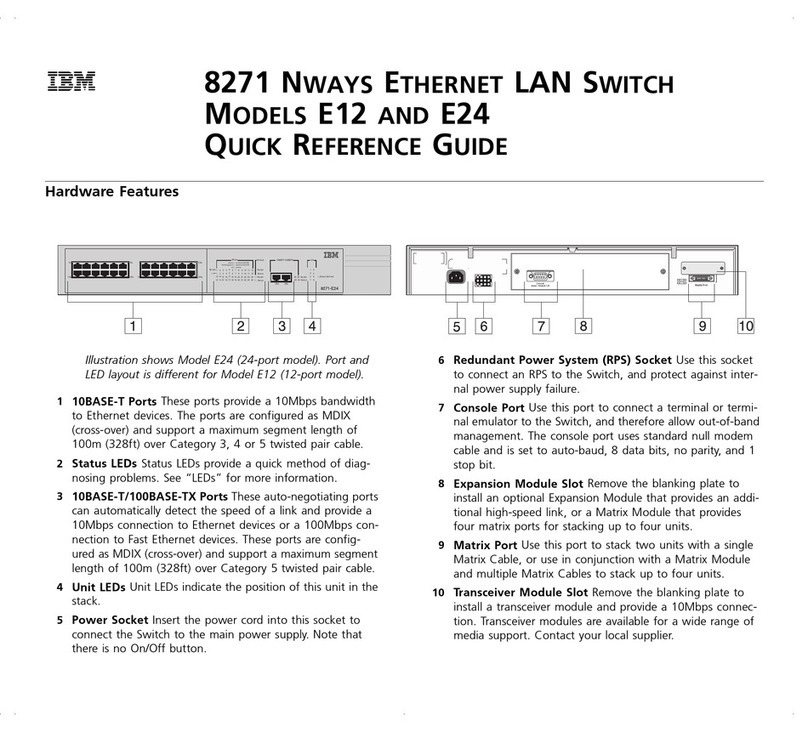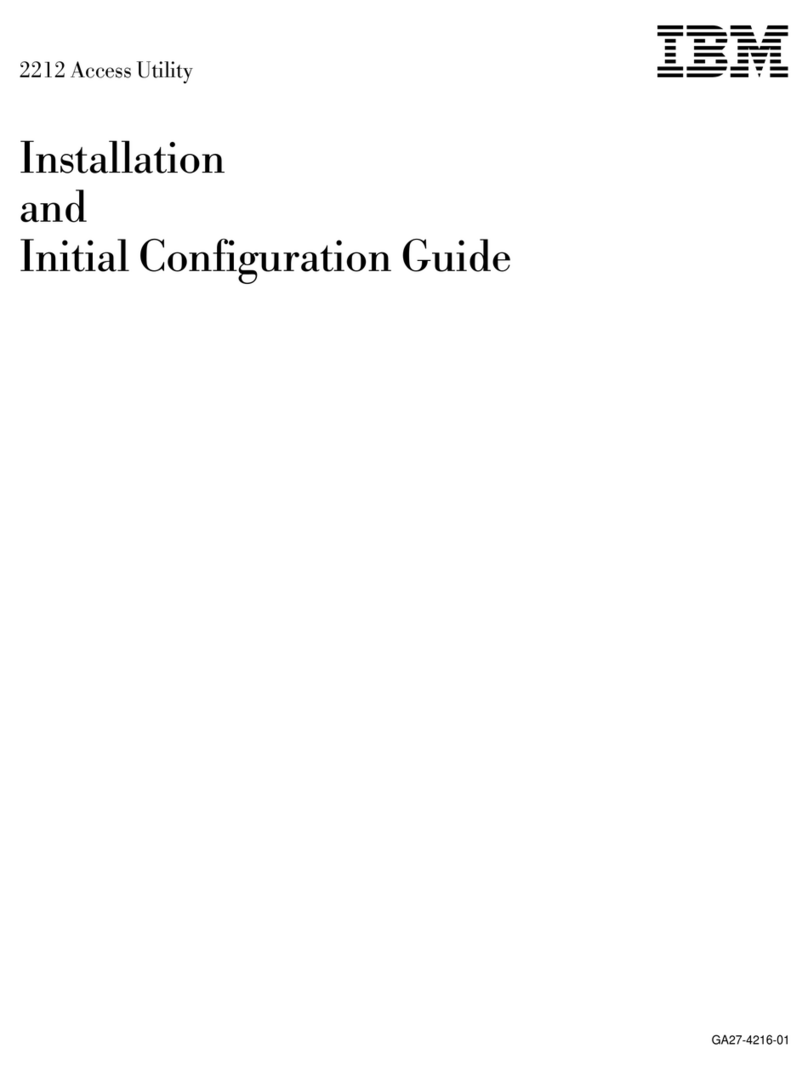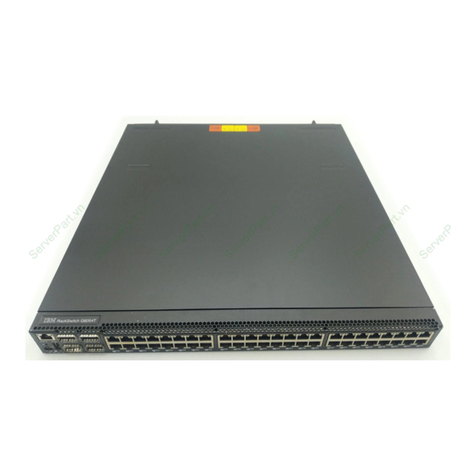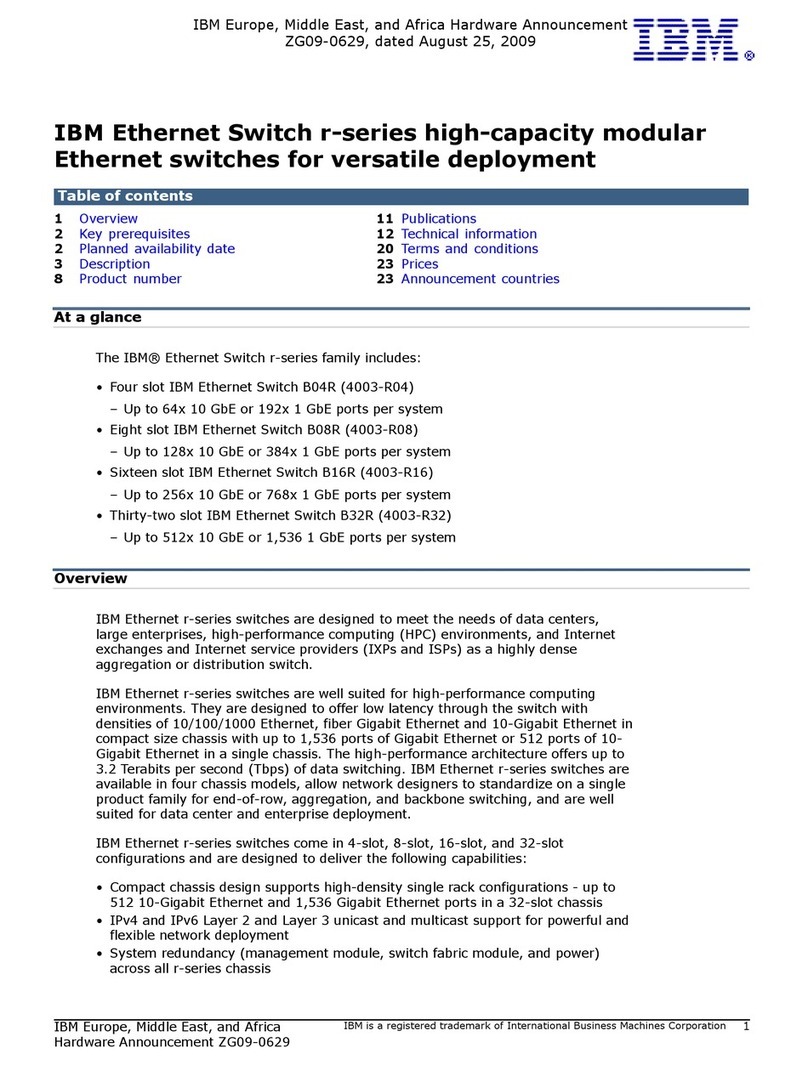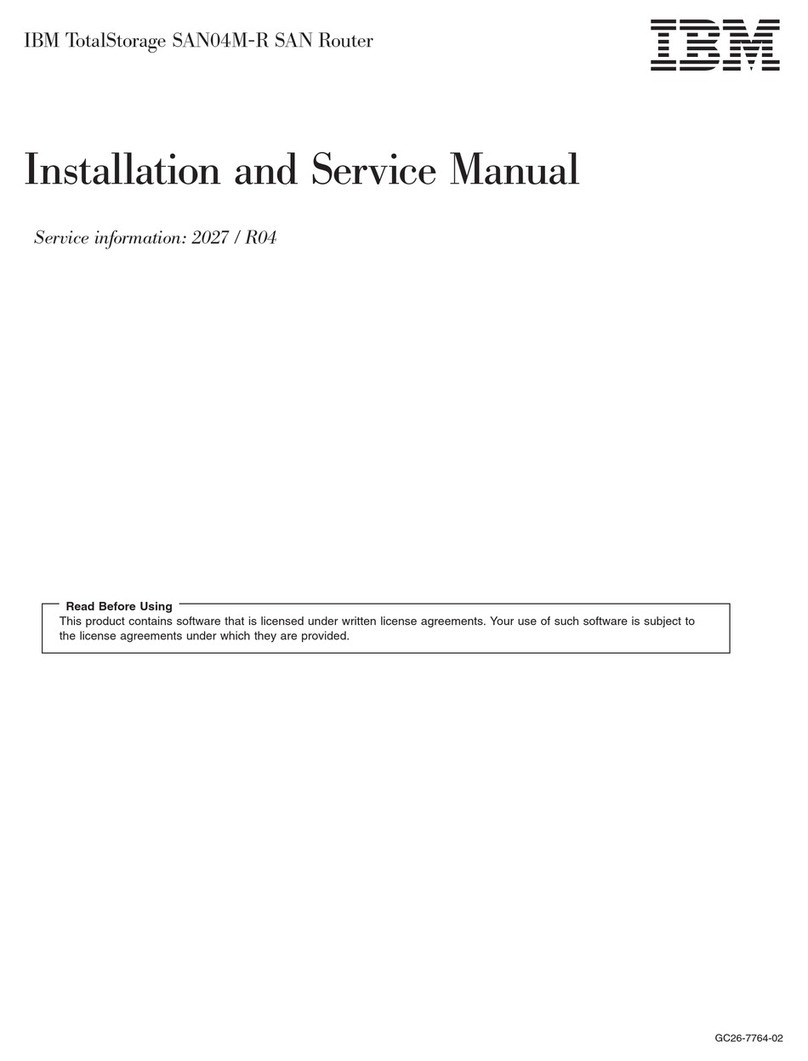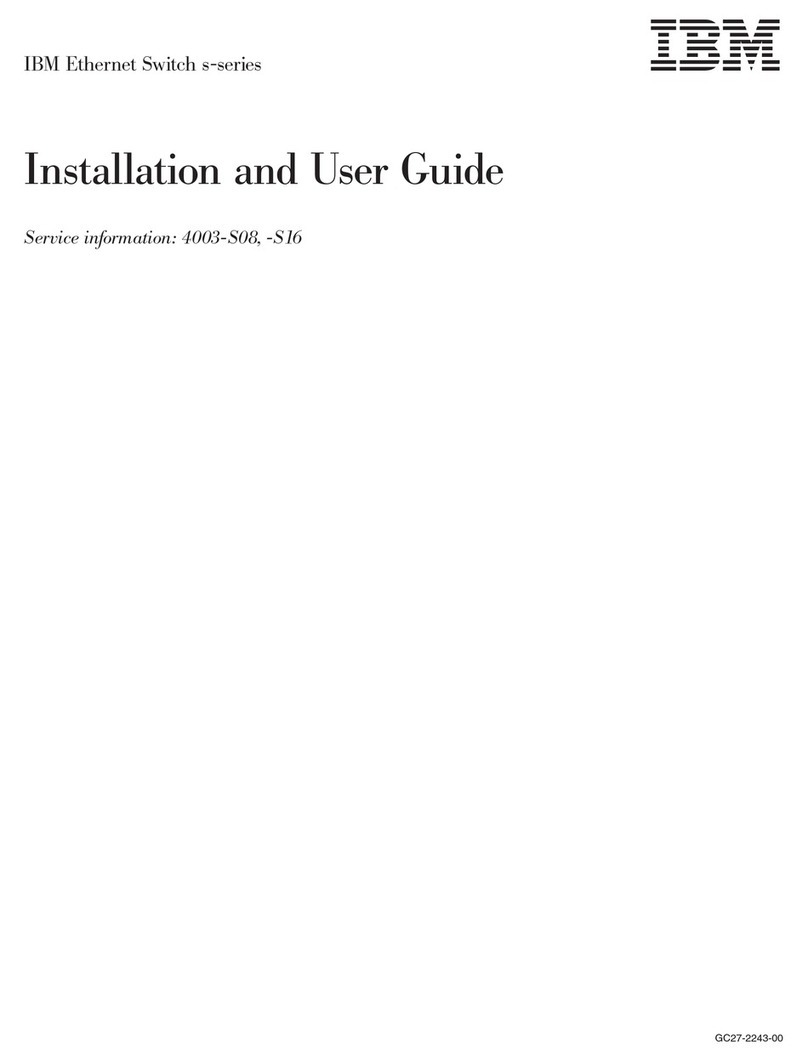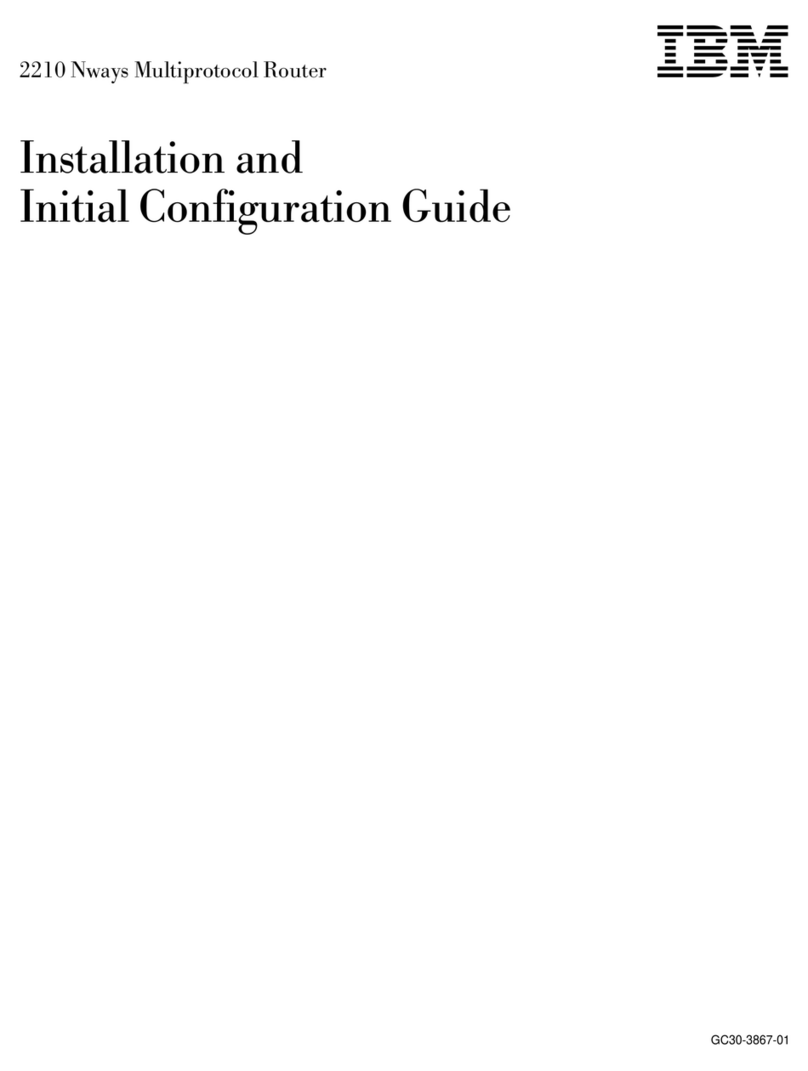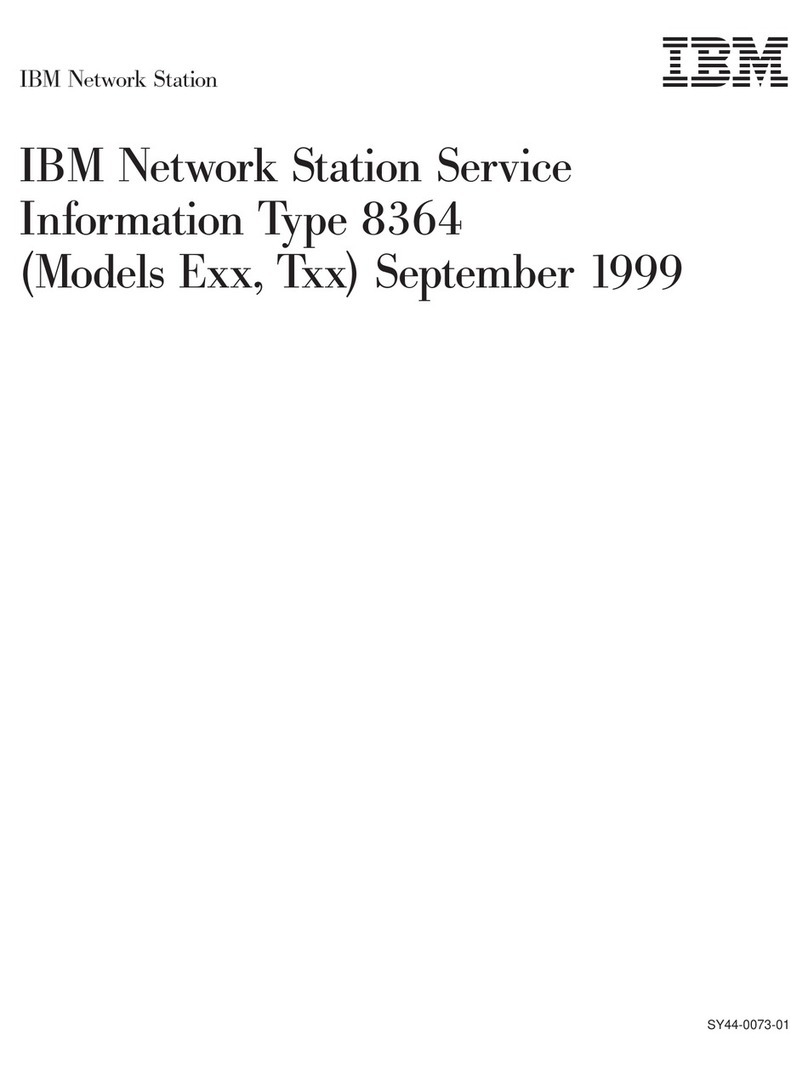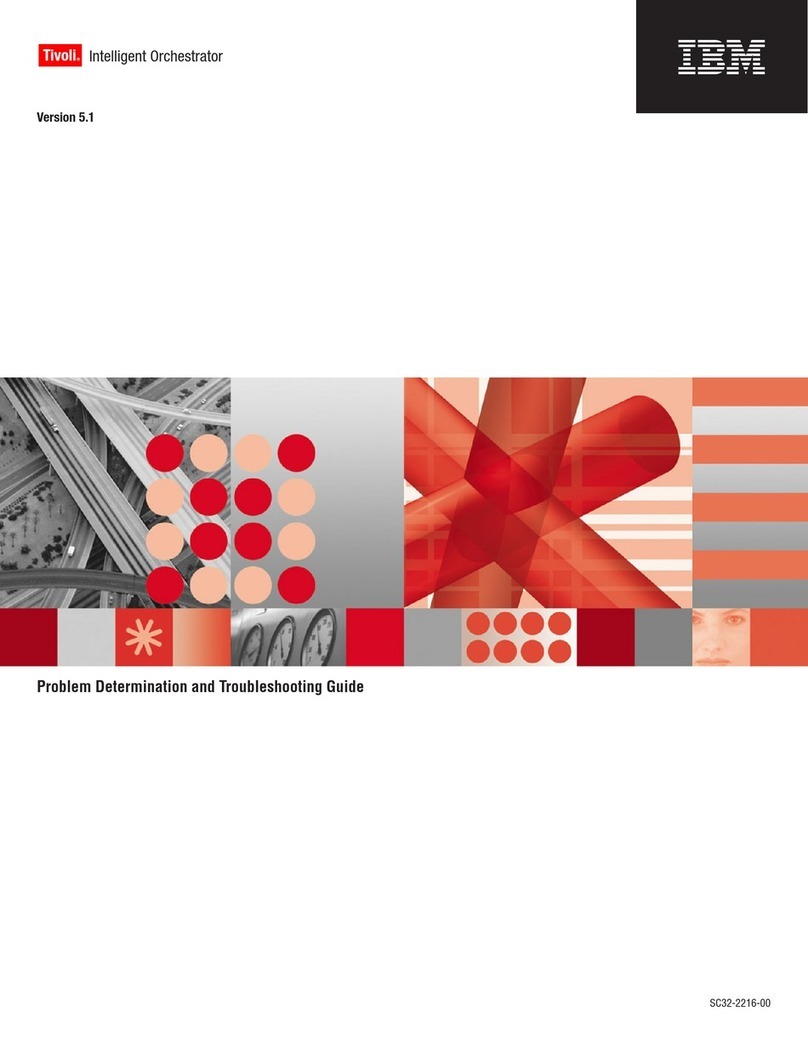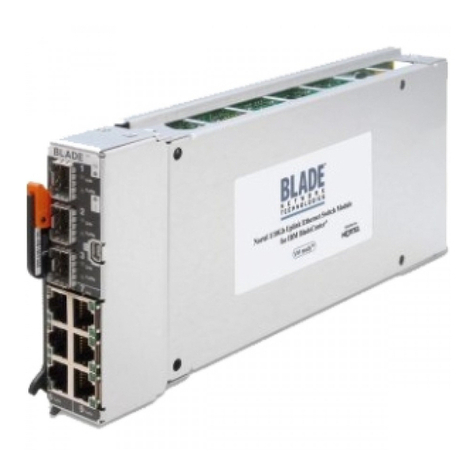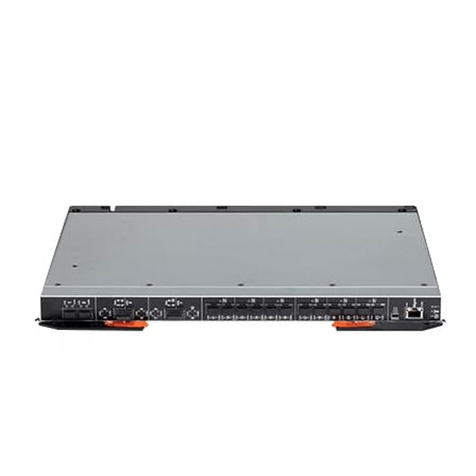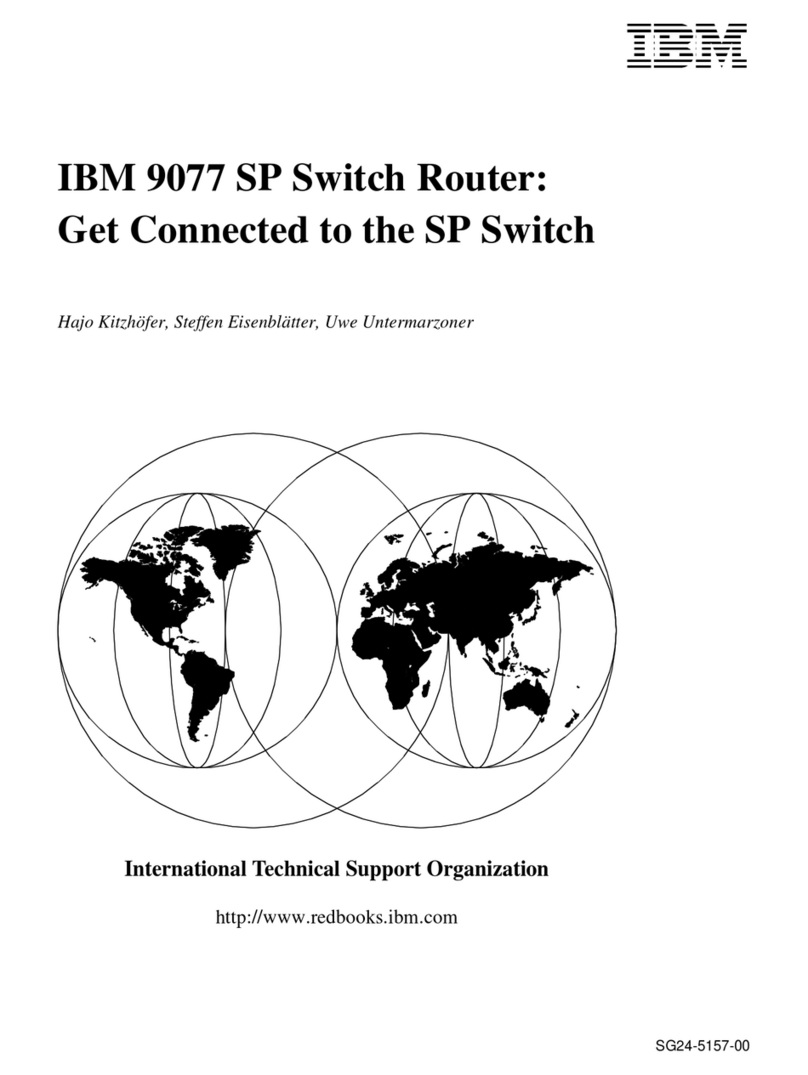
IBM Ethernet Switch B48Y 3
Power cords are not included and must be specified at the time of order. The B48Y has a C14 inlet to
receive a C13 power plug. Table 2 lists the available power cable options.
Table 2. Power cord options
Description IBM part number
Line cord – 2.8 m, 10A/230V, C13 to CEE7-VII (Europe) 39Y7917
Line cord – 2.8 m, 10A/250V, C13 to DK2-5a (Denmark) 39Y7918
Line cord – 2.8 m, 10A/250V, C13 to SEV 1011-S24507 (Swiss) 39Y7919
Line cord – 2.8 m, 10A/250V, C13 to SI 32 (Israel) 39Y7920
Line cord – 2.8 m, 10A/250V, C13 to SABS 164 (S. Africa) 39Y7922
Line cord – 2.8 m, 10A/250V, C13 to BS 1363/A (UK) 39Y7923
Line cord – 2.8 m, 10A/250V, C13 to AS/NZ 3112 (Australia/NZ) 39Y7924
Line cord – 2.8 m, 220-240V, C13 to KETI (S. Korea) 39Y7925
Line cord – 2.8 m, 10A/250V, C13 to (2P+Gnd) (India) 39Y7927
Line cord – 2.8 m, 220-240V, C13 to GB 2099.1 (China) 39Y7928
Line cord – 2.8 m, 125V, C13 to NBR 6147 (Brazil) 39Y7929
Line cord – 2.8 m, 10A/250V, C13 to IRAM 2073 (Australia) 39Y7930
Line cord – 4.3 m, 10A/125V, C13 to NEMA 5-15P (US) 39Y7931
Line cord – 4.3 m, 10A/100-250V, C13 to IEC 320-C14 39Y7932
Line cord – 1.5 m, 10A/100-250V, C13 to IEC 320-C14 39Y7937
Each SFP+ optical transceiver, such as the 10GBASE-SR SFP+, requires fiber optic cabling with duplex
LC connectors to connect to another optical transceiver. See the “Network cabling requirements” section
for additional details.
Each 10/100/1000 MbE RJ-45 port requires copper CAT 5e or higher cabling for connectivity. Table 3 lists
the available copper cable options.
Table 3. Ethernet copper cable (RJ-45) options
Description IBM part number
0.6 m Ethernet cable (blue) 40K5679
1.5 m Ethernet cable (blue) 40K8785
3 m Ethernet cable (blue) 40K5581
10 m Ethernet cable (blue) 40K8927
25 m Ethernet cable (blue) 40K8930
